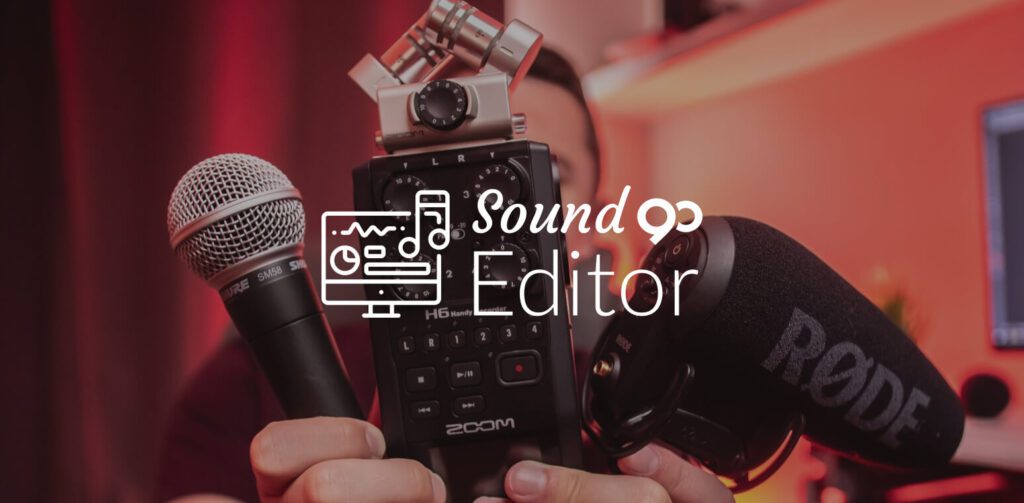SOUND TECH
Introduction:
Music is a universal language that transcends boundaries, evokes emotions, and takes listeners on profound journeys. In the vast realm of musical expression, the allure of slow and reverbed songs stands out as a mesmerizing experience that captures the essence of timelessness. These compositions, characterized by deliberate pacing and ethereal reverberations, create a unique sonic landscape that invites listeners to immerse themselves in a dreamlike realm.
The Art of Deceleration:
In a world that often moves at an accelerated pace, slow and reverbed songs offer a respite, inviting us to slow down and savor each note. The deliberate deceleration of tempo allows for a heightened focus on the nuances of the music. Every instrument and lyric gains a newfound significance as the listener becomes attuned to the subtleties that might be overlooked in faster-paced compositions.
The Slow Dance of Emotion:
One of the most compelling aspects of slow and reverbed songs is their ability to evoke deep and poignant emotions. The unhurried progression of the music creates a contemplative atmosphere, allowing listeners to connect with the raw and unfiltered emotions embedded in the composition. Whether it’s heartbreak, introspection, or a sense of nostalgia, these songs serve as conduits for profound emotional experiences.
Reverberation: The Echoes of Eternity:
Reverberation, the lingering echoes of sound, plays a pivotal role in shaping the sonic landscape of slow songs. The intentional use of reverb extends the duration of each note, creating a sense of spaciousness and otherworldliness. This sonic reverie transports listeners to a realm where time seems to stretch, allowing them to lose themselves in the echoes of the music.

The Timeless Elegance of Reverbed Instruments:
Slow and reverbed songs often feature instruments bathed in rich layers of reverb, adding a touch of elegance and timelessness to the sonic tapestry. From the haunting echo of a guitar to the sustained resonance of a piano, these instruments become vessels of sonic beauty, delivering melodies that linger in the mind long after the last note fades away.
Cinematic Soundscapes:
The allure of slow and reverbed songs extends beyond the realm of personal introspection, finding a natural home in cinematic experiences. Film scores often leverage the emotional depth and expansive qualities of such compositions to enhance storytelling. The deliberate pacing and atmospheric reverberations create a sonic backdrop that complements visual narratives, amplifying the impact of each scene.
The Rise of Ambient and Experimental Genres:
The fascination with slow and reverbed songs has led to the emergence of ambient and experimental genres that explore the boundaries of sonic expression. Artists delve into uncharted territories, experimenting with textures, spatial arrangements, and extended reverb to create immersive sonic experiences. This innovative approach challenges traditional notions of song structure and opens up new avenues for creative expression.
Conclusion:
As we celebrate the one-year mark of slow and reverbed songs captivating audiences around the world, it’s evident that their allure is timeless. These compositions serve as sonic portals, inviting listeners to transcend the constraints of time and immerse themselves in a world of emotive beauty. In a fast-paced world, the deliberate deceleration and ethereal reverberations of these songs offer a sanctuary where emotions are felt more deeply, and the beauty of each note is savored with an enduring elegance. Happy listening, and here’s to the continued enchantment of slow and reverbed songs in the years to come.
SOUND TECH
As of my last knowledge update in January 2022, there isn’t a specific “slow reverb sound converter” that I’m aware of. However, technology evolves rapidly, and new tools or software may have been developed since then.
If you are referring to a tool or software designed to manipulate audio, particularly slowing down and adding reverb to a sound, it’s possible that various audio editing programs or plugins may provide these features. Musicians, sound engineers, and producers often use digital audio workstations (DAWs) and audio editing software that include features for adjusting tempo, pitch, and adding various effects like reverb.
For example, popular audio editing software like Audacity, Adobe Audition, or professional-grade DAWs like Ableton Live, Logic Pro, or Pro Tools may offer the capability to slow down audio and apply reverb effects.
If there have been developments in specific tools or converters focused on creating slow reverb sounds after my last update, I recommend checking online forums, music production communities, or the official websites of audio software developers for the latest information and tools. Keep in mind that terminology and tools in the field of audio production can evolve, and new technologies may have emerged since my last update.
